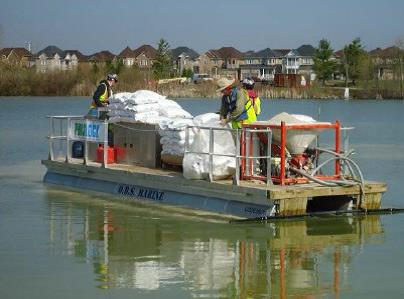It is important that the City commit to defining what they think success looks like. Scientists have developed a rating system for lakes that can be used to set out measurable goals.
Water Quality and Community Role
Scientists categorize water quality environments into “Trophic States”. Swan Lake is categorized as a hypereutrophic lake, the lowest quality and highest risk category. The lower quality levels of eutrophic and hypereutrophic are not environmentally stable and continual damage to the aquatic and plant life can be expected, as well as potential ongoing health risk to humans and animals due to cyanobacteria. Frequent chemical treatments will be required to stabilize Swan Lake as eutrophic.
The mesotrophic category represents a more stable environmental goal with better community options. It is, however, a challenging objective that, if feasible, will require a comprehensive program that addresses all of the underlying factors contributing to the deterioration in water quality.
Lake Conditions and Community Options Associated With Trophic States

Water Quality Goals
The 2013 Phoslock treatment was successful in achieving or exceeding the mid-point eutrophic state goals in 2014 for the key measures of algae (chlorophyll and clarity) and for phosphorus. Nitrogen levels improved to the eutrophic levels however there was no improvement in oxygen levels.
We believe the mid-point eutrophic level could be maintained over a three year period by adopting a three year Phoslock treatment cycle combined with continued aggressive geese management.

The ideal sustainable solution is to reach the point where Swan Lake can be categorized as a mesotrophic lake but that objective is likely only feasible if efforts are successful in lowering nutrient sources such as phosphorus and nitrogen and establishing a healthy aquatic environment by improving oxygen levels and reducing chloride levels.


